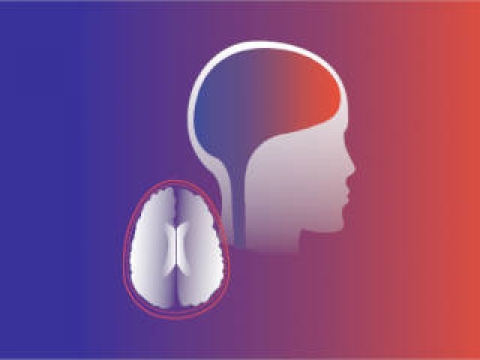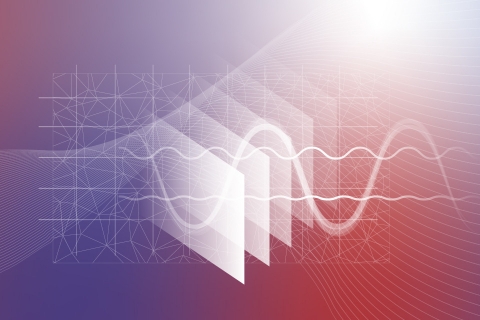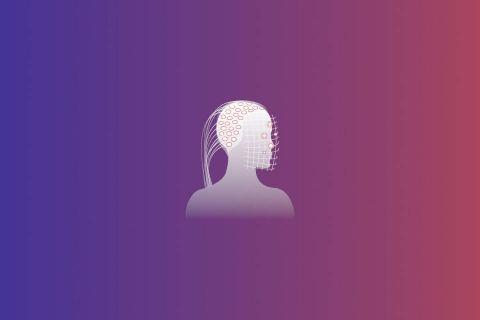Study of the states of alertness
Coordinators et scientific leaders
Presentation of the thematic area
Researchers at the Borelli Center work with anesthesiologists who have a measurement chain that allows synchronized recording of respirators, multiparameter monitors, a 32-channel EEG monitor and a webcam. This tool allows them to build up patient databases, both in the context of anesthesia and resuscitation. As a result, they were able to develop an algorithm for predicting the depth of anesthesia, which was patented in January 2020. They are currently working on developing the same algorithm for resuscitation patients, for whom the situation is more complicated: the critical condition of the patient interferes with the anesthesia drugs and the prediction of the effect of each dose is much more uncertain.
At the same time, these researchers are also interested in the emergence of anesthesia, particularly in the hours following the operation. It seems that the return to the previous state could be longer than expected from the pharmacology of anesthesia drugs. For this reason, they implement individual longitudinal follow-up of patients after the end of anesthesia. In addition to monitoring vital signs and electroencephalogram, a detailed neuropsychological evaluation is performed.
Key words
Consciousness; General anesthesia; Coma; Prediction; Artificial intelligence; Algorithm; Multidisciplinarity.
Key facts
- 2020 : International patent for the algorithm of prediction of the depth of anesthesia.
Applications
- Creation of a synchronized and high frequency database allowing original projects in the fields of anesthesia and resuscitation.
- A single frontal EEG channel provides sufficient information to discriminate the depth of anesthesia state. This conclusion confirms an empirical practice and provides avenues for improvement of the prediction algorithm, in order to take into account information from an EEG channel during general anesthesia.
- An autonomous agent is likely to eventually be able to administer anesthetic agents to maintain a patient at the ideal level of depth of anesthesia. This futuristic, but nevertheless realistic, project implies several steps: increasing the size of the database, integrating numerous clinical situations (notably polypathological patients), testing the algorithm in real time thanks to an engineering step.



